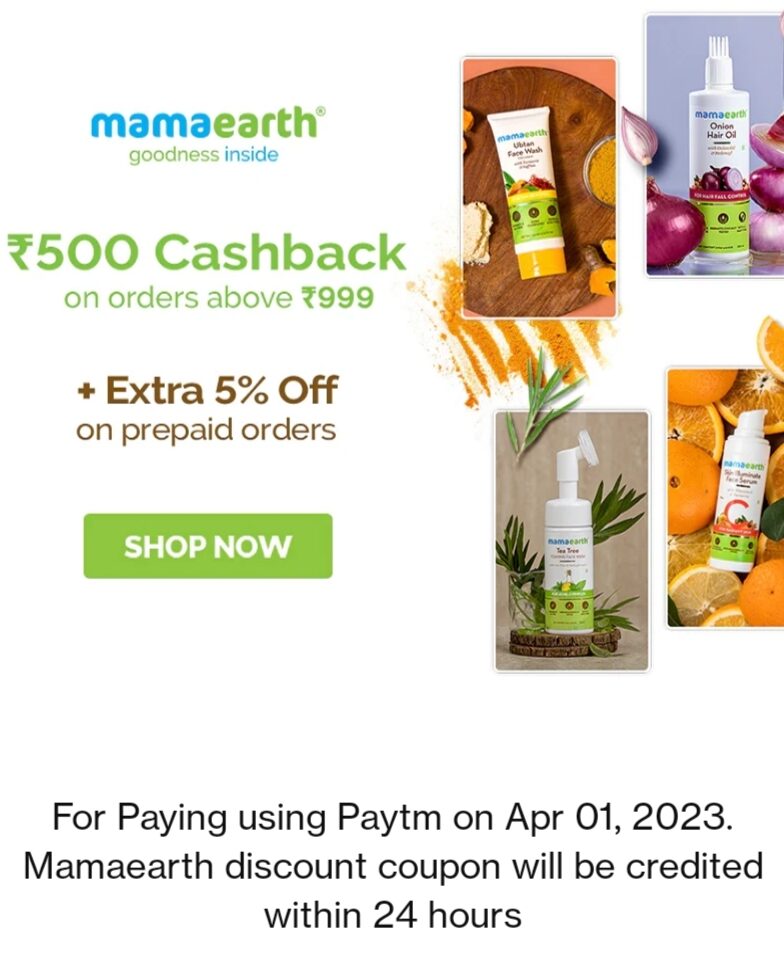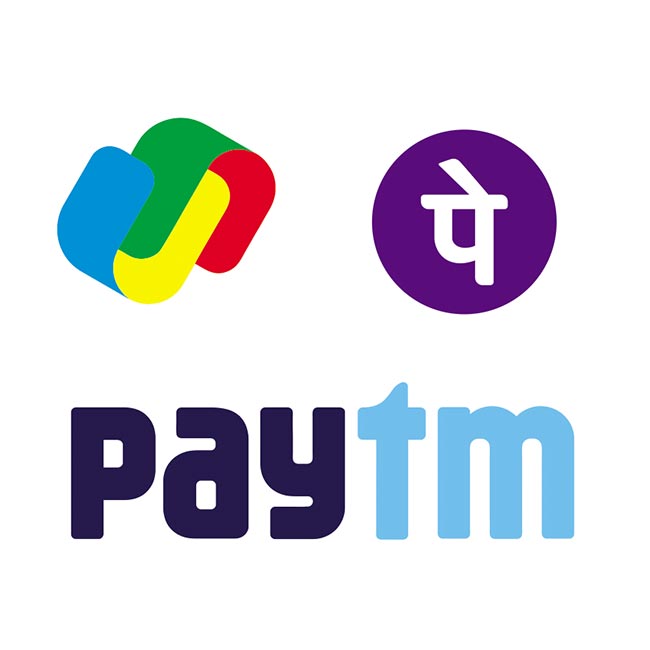This article is meant for you if:
~ You’re a new-age marketer reading about the latest strategies
~ You’re a product/platform manager for a fintech platform
~ You’re simply curious about what’s going on in the world of marketing and advertising
~ You’re my friend and I’ve sent you this link personally asking you to read it
Here’s a quick overview of the article:
The article talks about how fintech platforms like Google Pay, PhonePe, and Paytm are revolutionizing advertising for D2C (Direct-to-Consumer) brands and what it means for marketers.
~ I ramble on to give you some context
~ Introduction to the meaning of ‘Advertising through Fintech Platforms’
~ The primary reason that makes this a great strategy
~ I explain this in the context of your usual social media marketing
~ The obstacles that lie in the way
Table of Contents
Context: Fintech takes over!
I can’t bring myself to remember what physical cash feels like – no, not because I’m perpetually broke ._.
It is because from auto/taxi drivers to the street vendor who sells flowers, everyone has a UPI (Google Pay, PhonePe, Paytm;) QR code. Thanks to these fintech/payment platforms, digital money is now the only way to go.
How did we get here? When did things take such a bizarre turn? Why do I use Google Pay as if Google is paying for me?
Most of these platforms initially lured customers with attractive cashback offers, discounts, prizes, and the like. Then once we became conditioned enough to not carry cash around, they withdrew the good stuff 🙂 And now all I get are Mama Earth coupons.

Coming to the long-winded point, I never really paid attention to why we’re offered coupons and discounts from specific brands.
The terms of partnership between fintech platforms and these brands never crossed my mind. I just assumed it’s a mostly random agreement between two corporations trying to harness synergy and feed off of each other.
But obviously, there’s a lot more to it. There’s a whole new vertical of marketing & advertising emerging, and these promotions are far from being random.
Let’s get into it.
The (new) ‘Third Leg’ of Advertising
I was surfing the internet hoping to stumble upon something interesting that would kill my time. I came across a headline – “SUGAR Cosmetics to double its marketing budget in FY24”.
Oooh, sounds interesting. Where is all this money going to go? – So I clicked on the article which was a conversation between the Chief Business Officer of SUGAR Cosmetics, Suchit Sikaria, and e4m, about the brand’s digital marketing strategy.
While I was expecting the usual D2C strategies, the conversation kicked off by mentioning that ~10% of SUGAR’s digital ad budget is spent on fintech.
Eh?
Upon digging a bit deeper into what advertising on fintech platforms meant, here’s what I found:
Several new-age D2C brands (Bombay Shaving Company, Renee Cosmetics) are showing a growing interest in advertising on fintech platforms like Paytm, PhonePe, Google Pay (source). The advertisements are in the form of discount coupons, promotional offers, etc.



Why are Fintech platforms a good choice to advertise on?
Stay with me. While this is unusual, it makes a lot of sense for brands to advertise on these platforms for one solid reason:
Leveraging Data. ((Every marketer’s secret fantasy))
Recalling the point I made at the beginning of the article, payment platforms boast a large number of regularly-transacting users. By simply using these platforms to make payments, consumers unknowingly end up giving so much valuable data to them.
The particulars of what consumers spend their money on is a very important metric that gives an incredibly accurate insight into the consumer’s profile.
In this way, brands can direct these promotions specifically toward consumers who already spend their money on a similar range & variety of products.
For example, if I buy (any) skincare product just once and pay through any of these platforms, that’s enough information for Mama Earth to spam my existence with their coupons. Eventually, one day when I need to purchase a moisturizer or shampoo, mama Earth might just cross my mind because I have a redeemable coupon code on one of the payment platforms.
Let’s understand this from a different perspective.
Social media marketing has become so popular in the last decade because (demonic) algorithms tell brands exactly what content the audience spends their time consuming. If I’m watching too many gym reels or fitness-related content, I’ll be suggested products like supplements, fitness gear, clothing, etc.
While this mostly works, it isn’t necessarily accurate. It could also be that I just consume a ton of content and the algorithm is simply confused at this point. (same bro, same.)
While time is money, money is actually money!
So by understanding what products I spend my hard-earned 20 rupees on, brands know exactly which advertisements should be directed my way.
It’s not going to be too long before machine learning and AI models are developed to precisely predict what you will or will not spend your money on. Targeted ads will be much more accurate than they already are. It’s going to be hell.
((Can your bank balance be in negative figures? Asking for a friend))
Everybody wins (on some level)
However, at the end of the day, all parties benefit from this way of advertising.
User retention for the platforms
If given out liberally, the promotions can incentivise customers to come back to the specific app they received it on. I remember there was a time when I preferred google pay because their offers were better, then Phonepe, then Paytm. (No, I’m not a loyal person, lure me with your offers or lose me as a customer, bye.)
Increase in revenue and visibility for the brands
These promotions expand the top of the sales funnel by giving brands more visibility. They also drive revenue since these offers are directly linked to the sales channel.

(Consolation) Rewards for the customers
For a good chunk of time, until brands decide to reel in the good offers, consumers benefit from valuable coupons, cashbacks, and offers
Future Obstacles to watch out for
Without a doubt, this niche of marketing calls for more attention. While we’re here, let’s also take a look at the obstacles that marketers/platform product managers may have to overcome in the future.
Firstly, the attention span of the consumer is severely low while using these platforms, because they just want to make a payment and exit the app. Some people don’t even check the rewards received. So there needs to be a more seamless way of letting the customer know that there’s a coupon waiting to be redeemed.
Secondly, the format of advertising is going to remain relatively monotonous for a while, that being promotions and discount codes. Until payment platforms are able to accommodate more styles, marketers will have to get creative with this one.
Lastly and most importantly, it is tough to scale using this form of advertising. While social media is sufficient on its own to attract new consumers, drive sales, retain consumers, (handling the whole journey from start to end), these fintech platforms aren’t capable of doing so.
As of now, they can only boost the existing sales channel and give the marketers a bit of an edge. Soon enough, this will become saturated like your social media marketing too. It will then be the responsibility of the platform managers and marketers to figure out a better and more lucrative opportunity.
Until then, keep calm and buy Mama Earth. (I swear they haven’t sponsored this article, although they should have – NOT WITH COUPONS!!!)
You can check out other unwindr articles here!
Tiddles out!


LOVELLLLLYYYY
Heart reax :’)